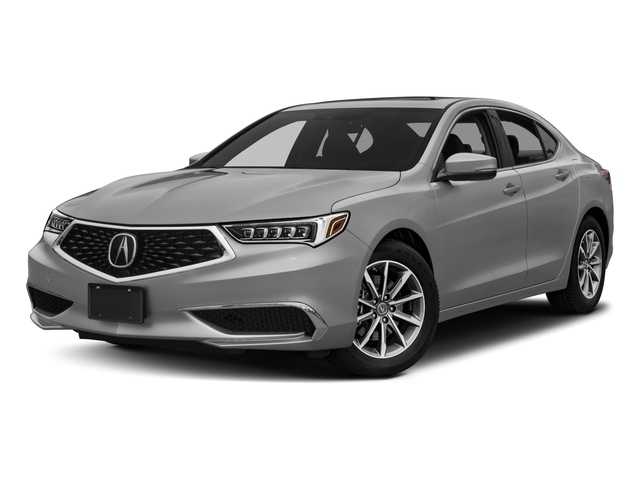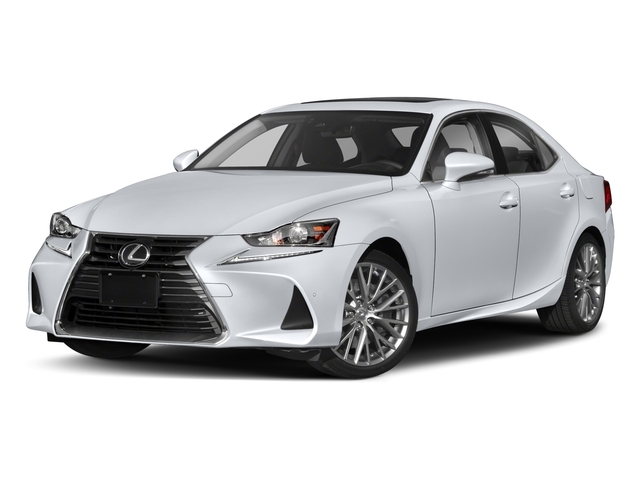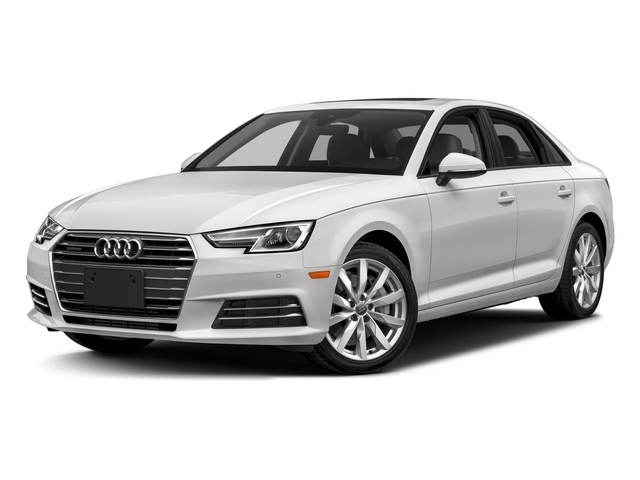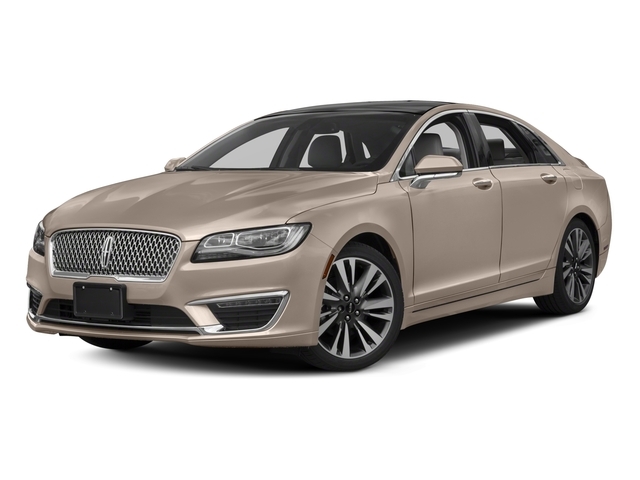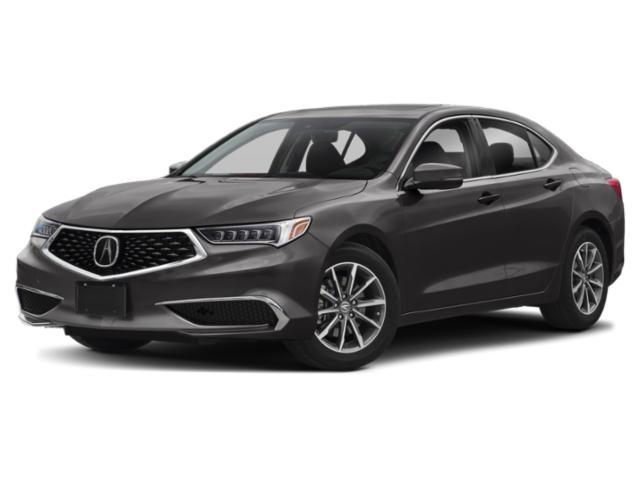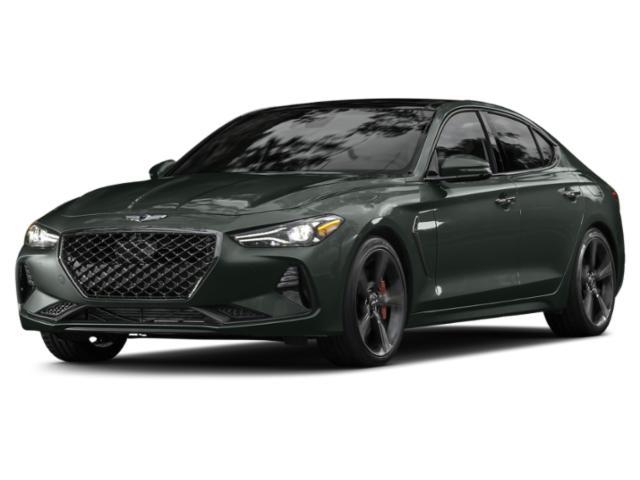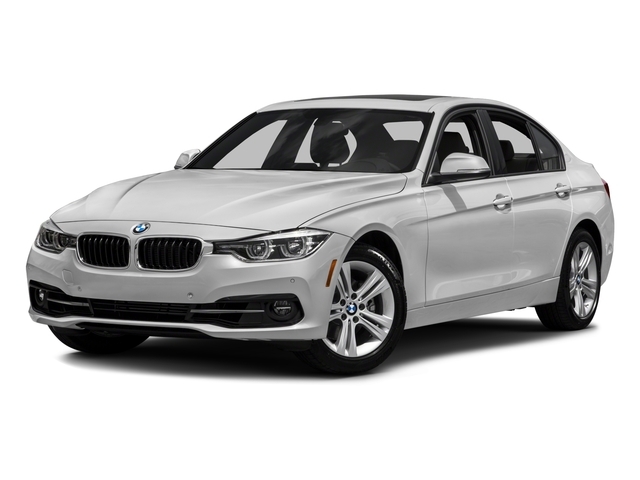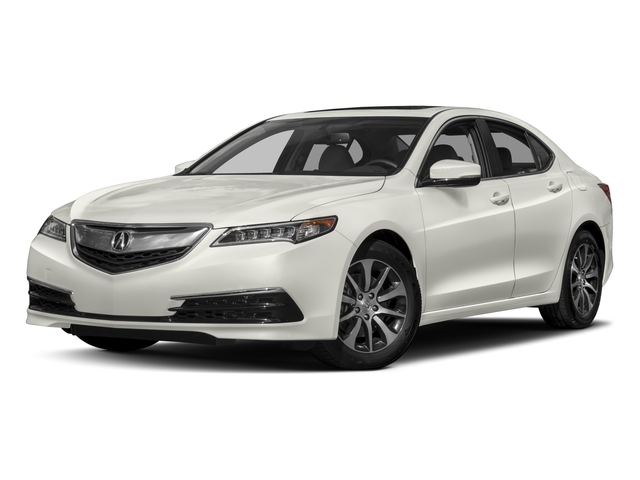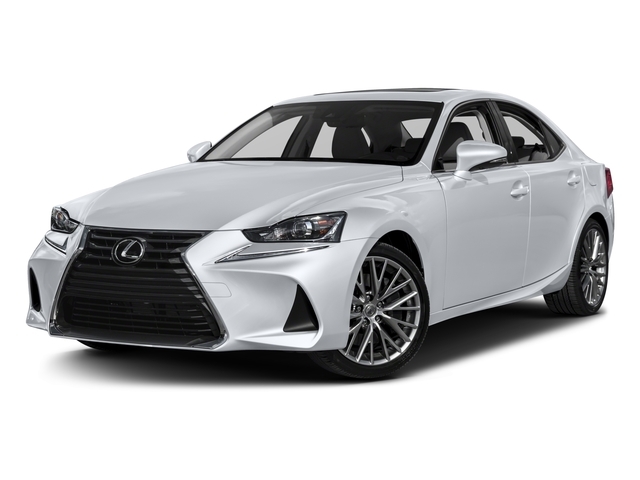
2018 Infiniti Q50


Key Specifications for 2018 Infiniti Q50






Buyer’s Guide
It was 2014 when Infiniti rolled out its Q50 as a replacement for the G37, but this good-looking sport sedan didn’t come into its own until two years later. That’s when it got a trio of turbocharged engines conceived to broaden its appeal in the competitive market for entry-level upscale cars.
This year, the Q50 gets new Luxe, Sport and Red Sport designations built around those three engines along with freshened styling inside and out.
Luxe trim is the starting point for cars powered by the turbocharged 2.0L four-cylinder and 3.0L V6 models. Sport is available with the base V6 and, as before, Red Sport is limited to the most-potent variant of the six-cylinder.
Sport and Red Sport trims add a new front bumper with larger air intakes and updates put back put more emphasis on the car’s dual exhaust tips.
Meanwhile, all Q50 models benefit from new headlights and slimmer taillights that Infiniti says lend a more delicate touch to the car’s going-away view.
Each trim gets unique interior touches to further set them apart from each other, but shared among all are a new steering wheel and shift lever.
There are no changes to what’s found under the Q50’s hood. The engine range starts with the 2.0t’s 2.0L turbo four-cylinder, which makes 208 hp and 258 lb-ft of torque. 3.0t models get a turbo 3.0L V6 making 300 hp and 295 lb-ft of torque, figures that increase to 400 hp and 395 lb-ft in the Red Sport 400. There’s also a Q50 Hybrid powered by a 3.5L V6 and an electric motor for 360 hp and 258 lb-ft.
A seven-speed automatic transmission and AWD are standard regardless of engine choice.
The Q50 sets itself apart from its sport sedan competition with a steer-by-wire system, something you won’t find anywhere else in the auto industry save for the Q60 coupe that shares this car’s underpinnings. This is more of a precursor to autonomous vehicles than an attempt to improve steering feel or performance, so we’d suggest a thorough test drive to determine whether you like what it does for the driving experience.
Tech-wise, the Q50 features a pair of large displays in its centre stack. It’s a controversial arrangement but one that gives front seat occupants easier access to the car’s various infotainment functions.
Available safety tech includes a 360-degree camera system with moving object detection, radar cruise control, forward emergency braking, blind spot warning and intervention, backup collision intervention, lane departure warning and prevention with active lane control, adaptive headlights with automatic high beams and predictive forward collision warning.
Fuel consumption estimates start out at 9.1/7.7 L/100 km (city/highway) for the Q50 Hybrid. From there, the 2.0t’s ratings are 10.7/8.6 and the 3.0L engine is rated at 12.4/8.7 in 300-hp form and 12.5/9.3 in Red Sport trim.
Review & Compare:
Photos

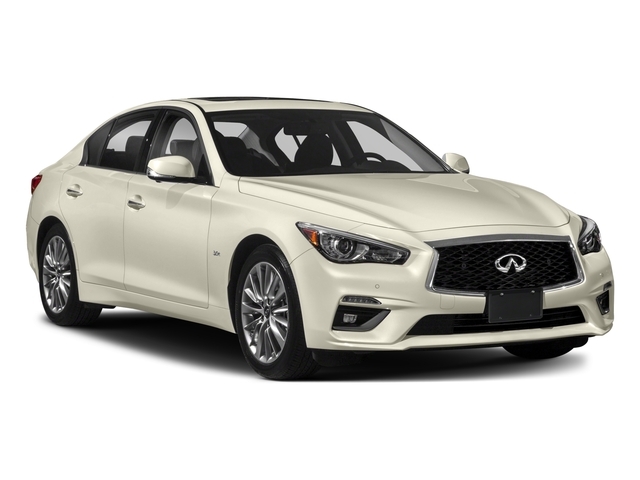

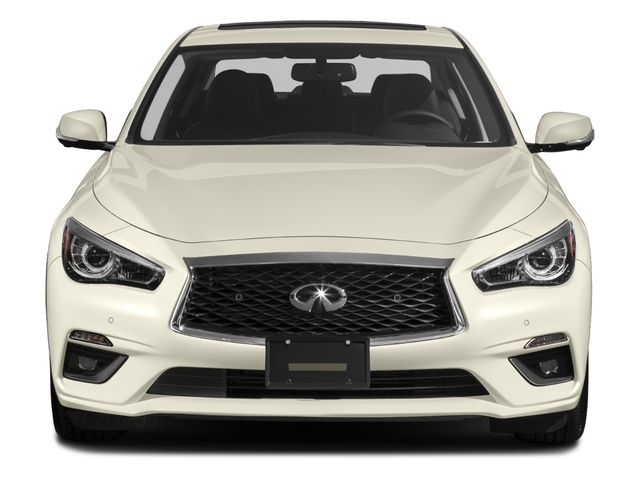
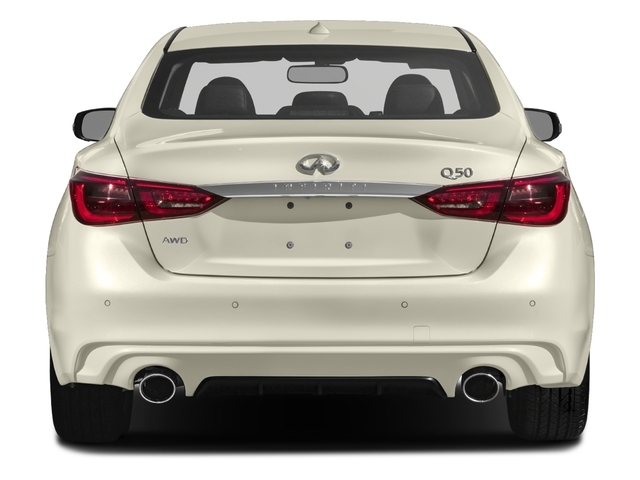
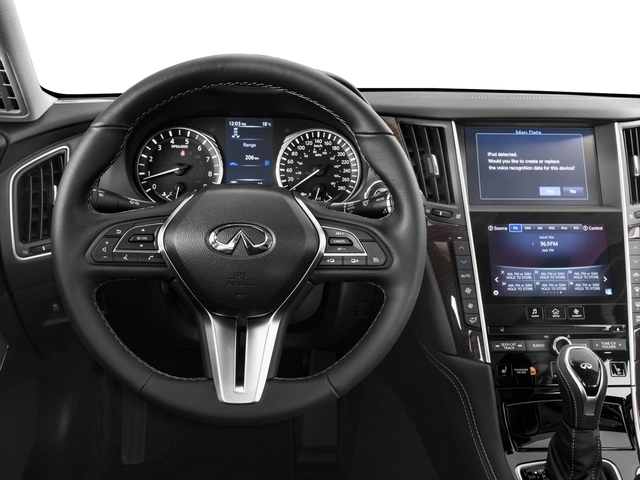
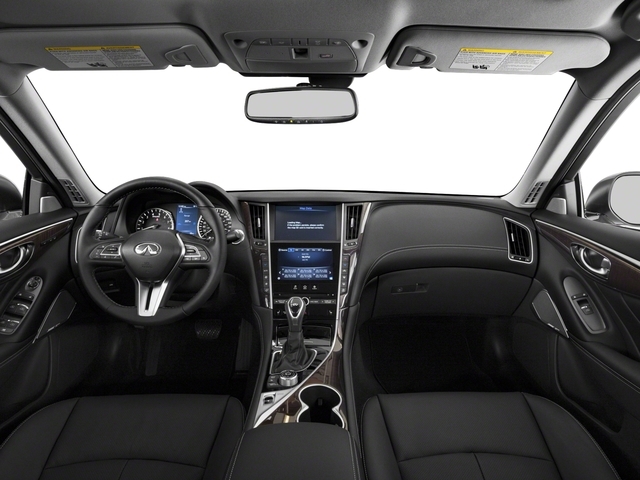

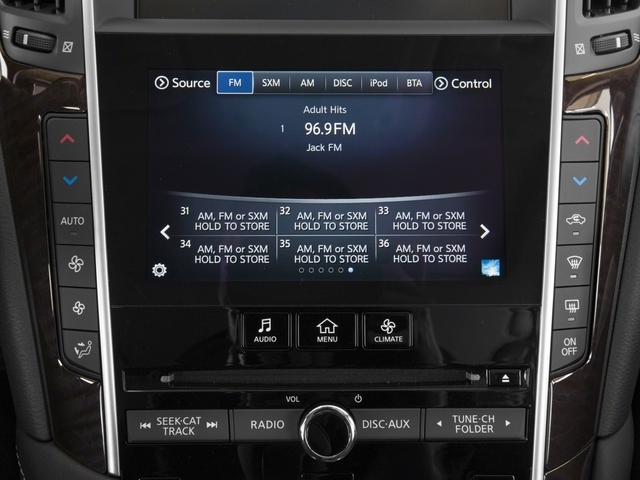

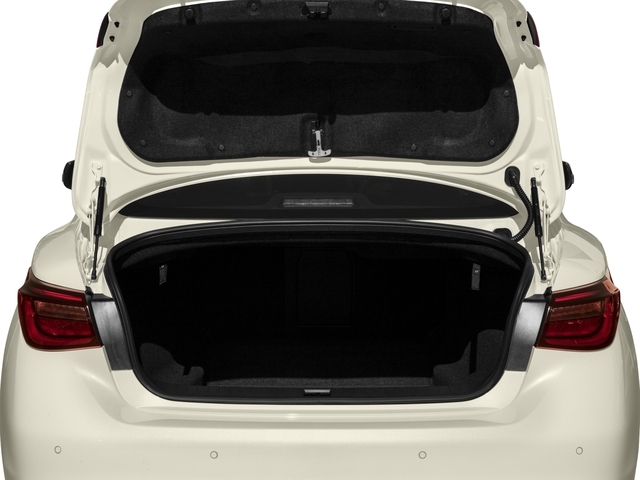
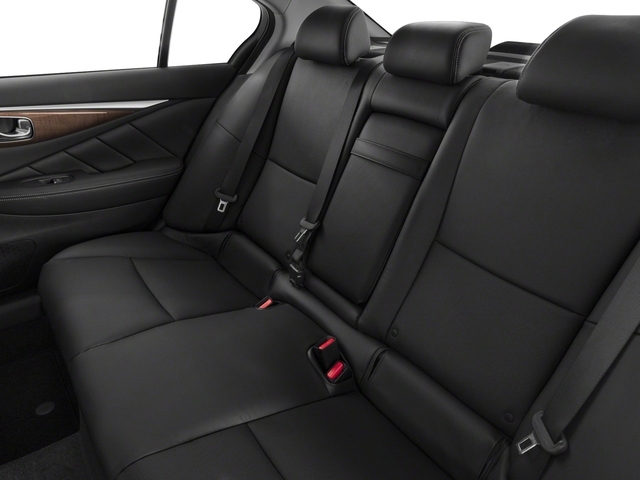
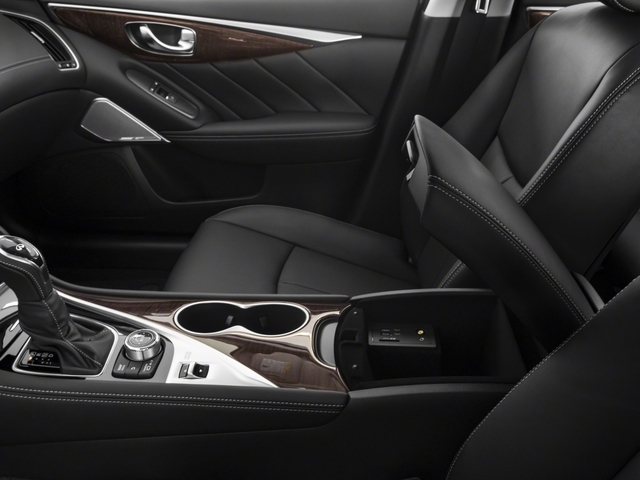
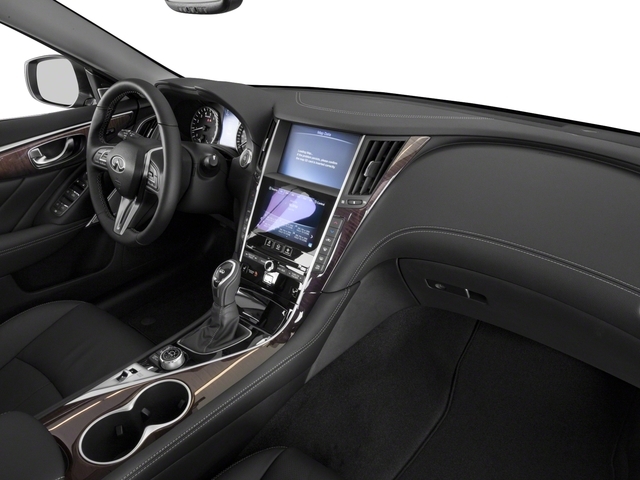
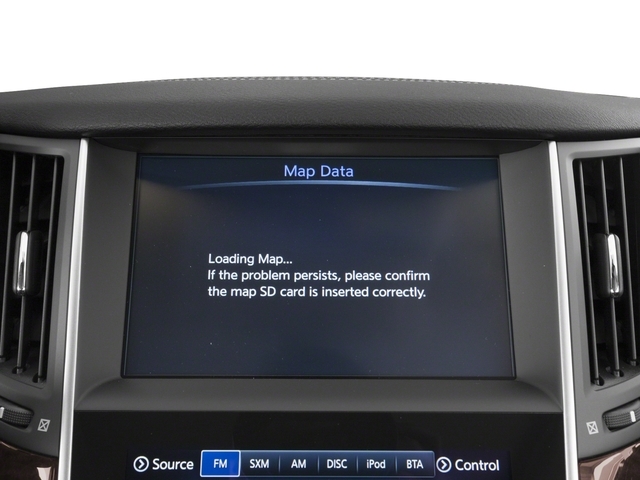
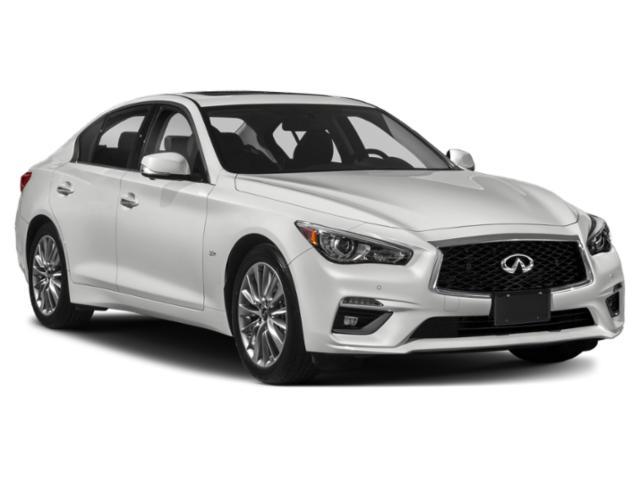

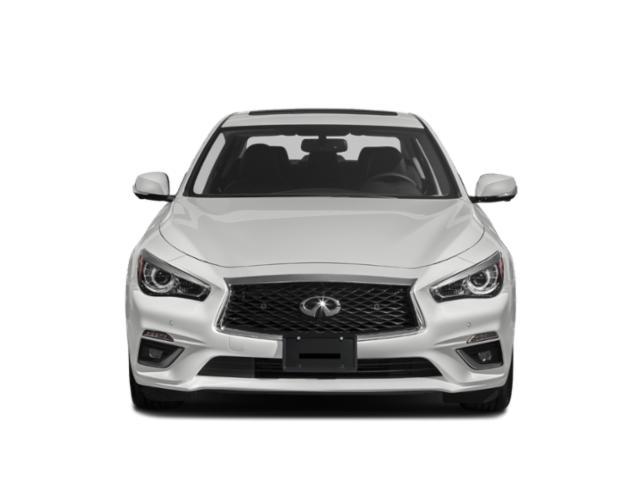
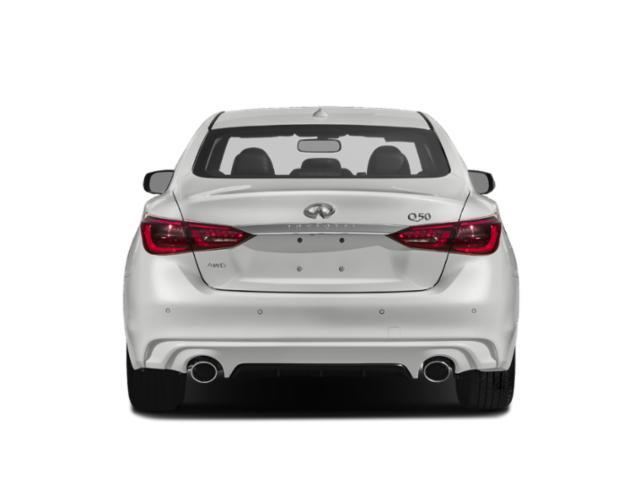
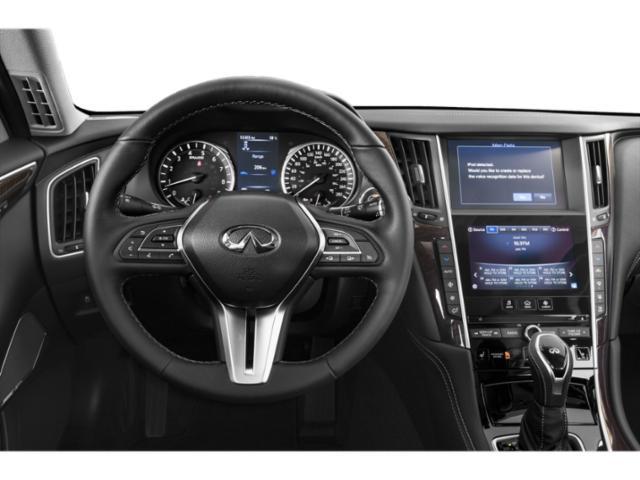

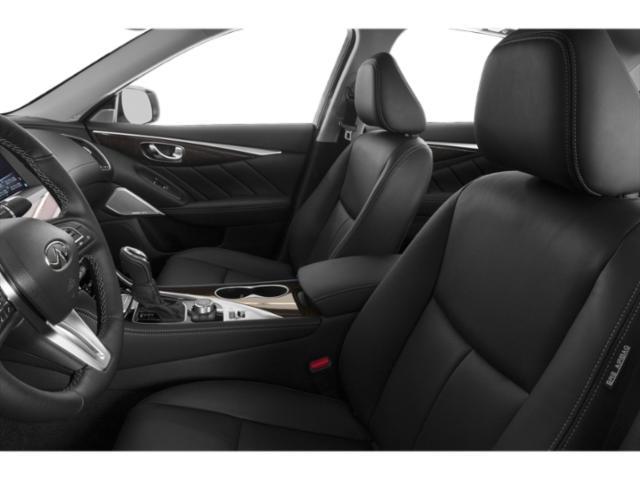
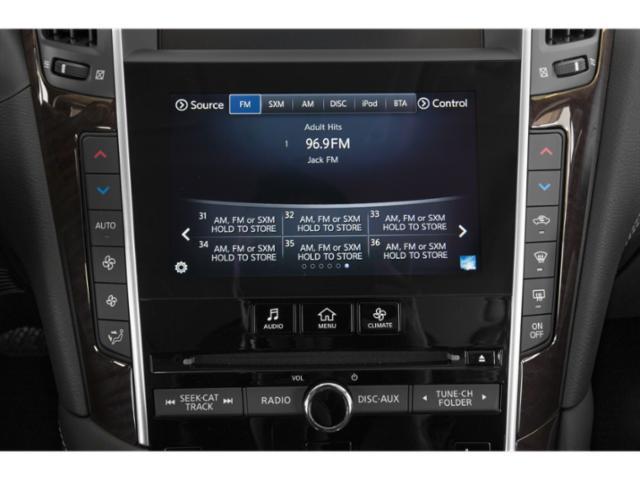

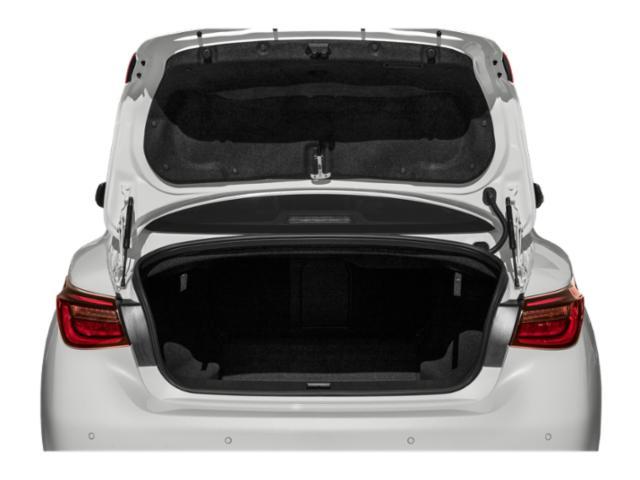
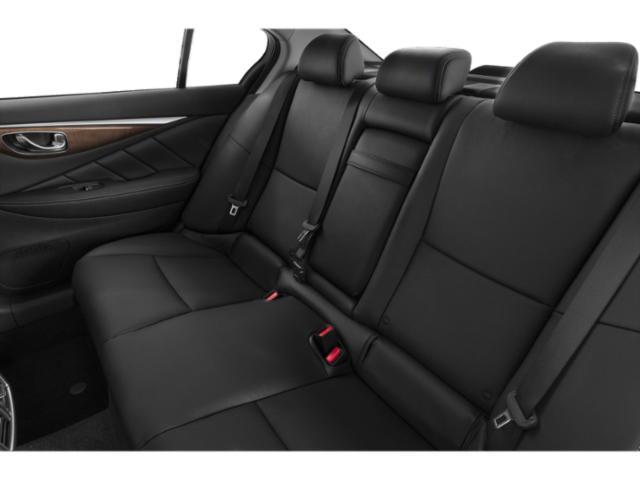
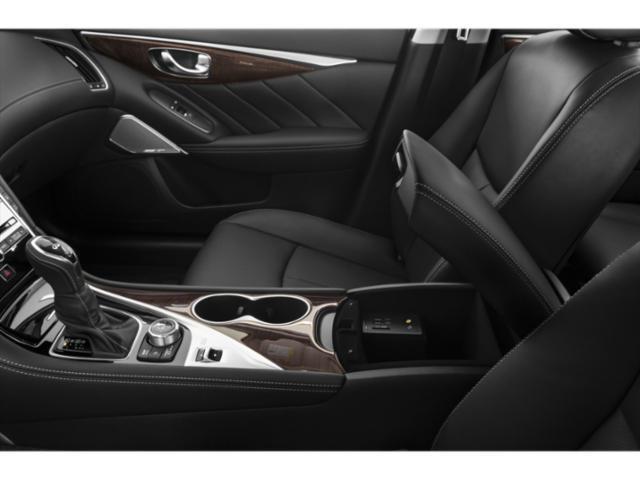

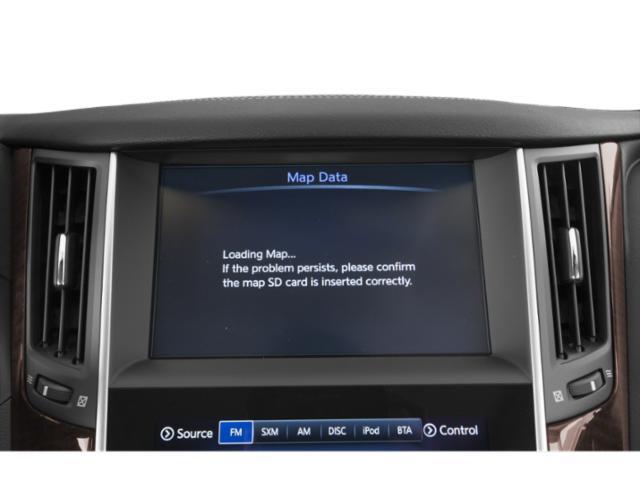
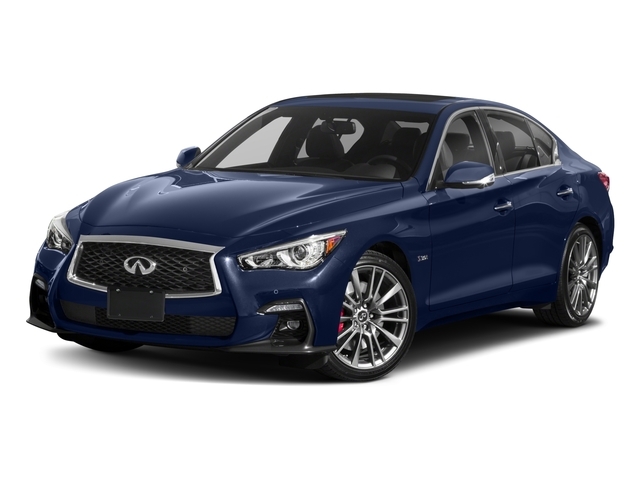
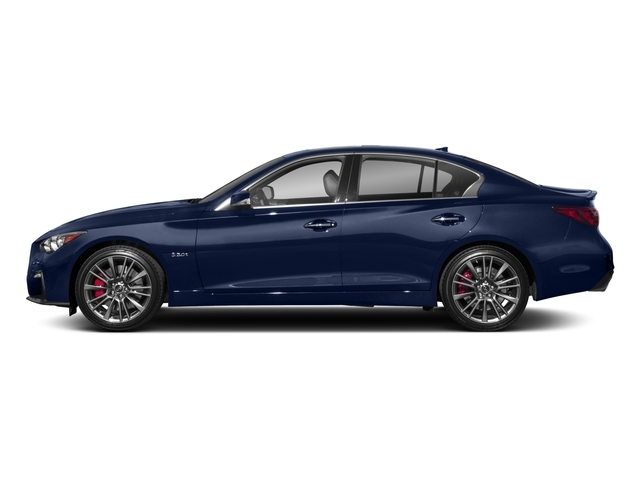

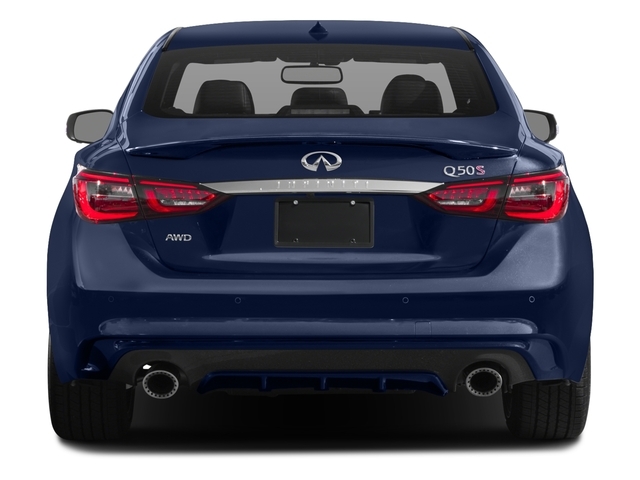
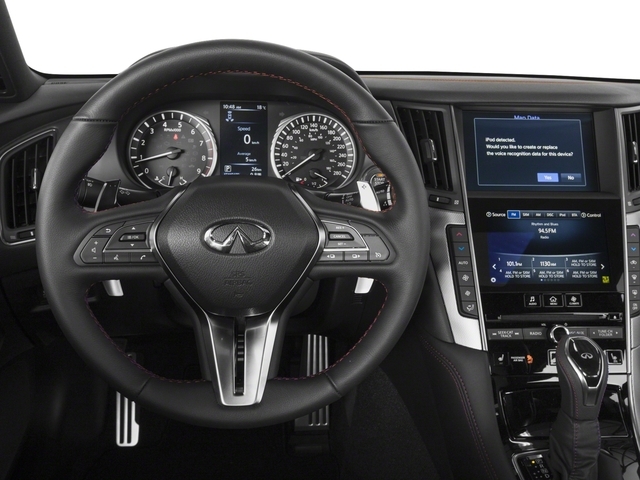
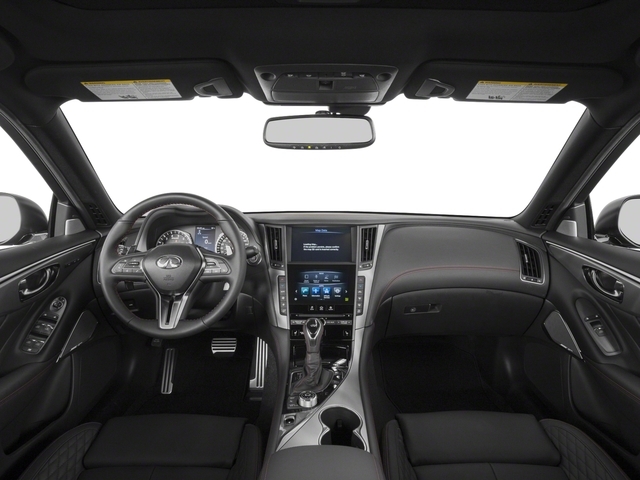
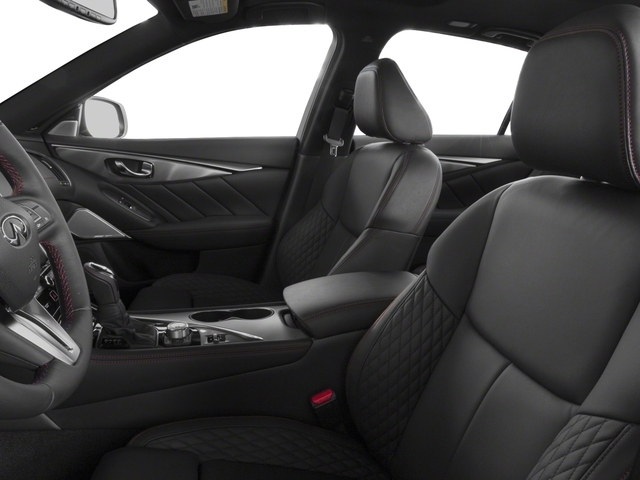
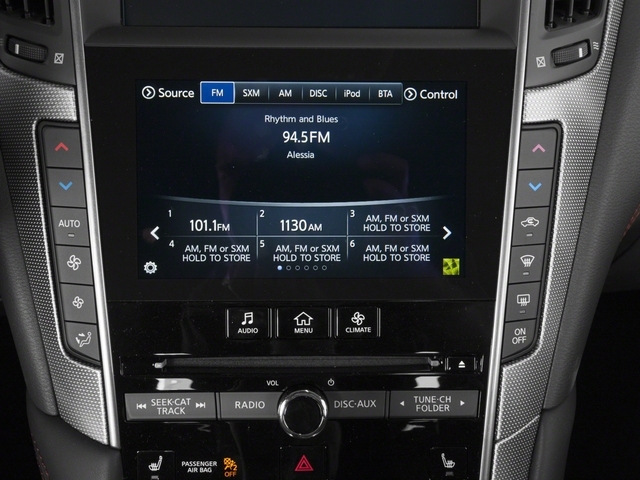

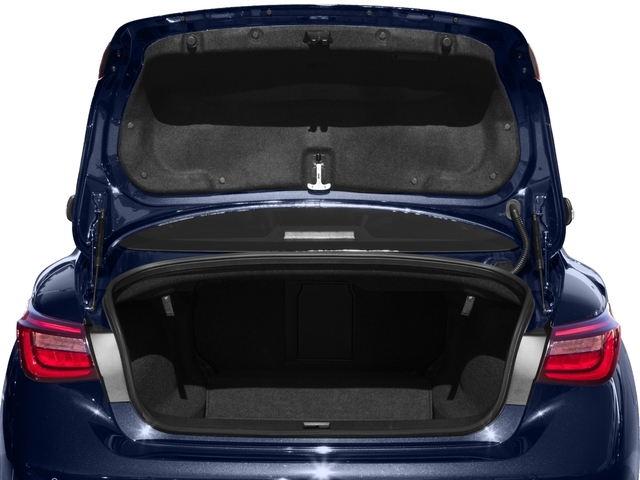
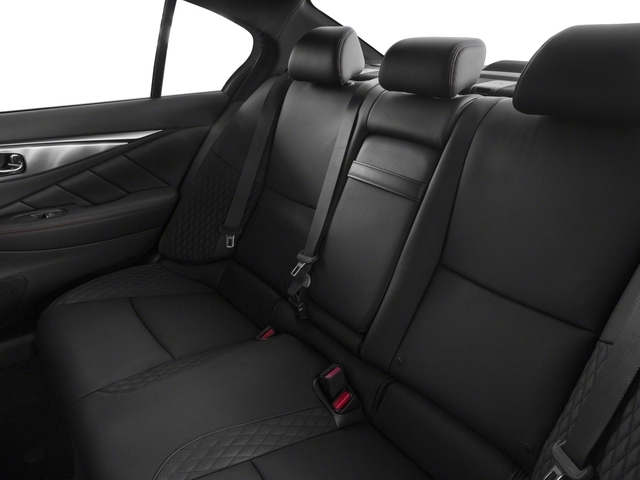
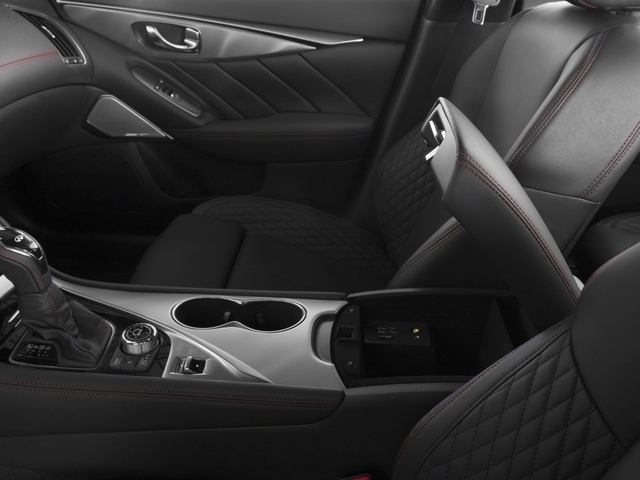
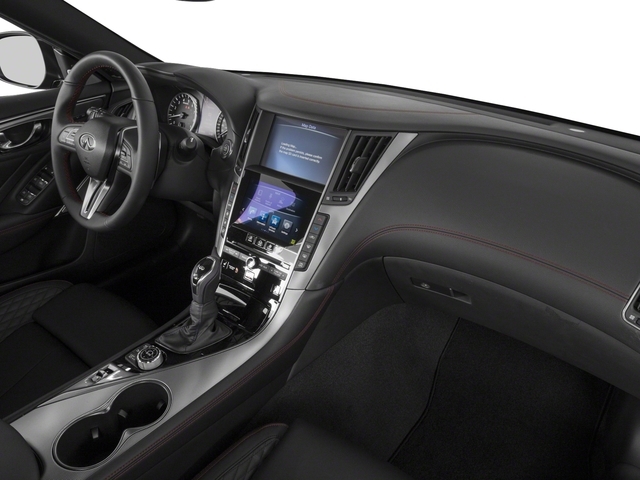
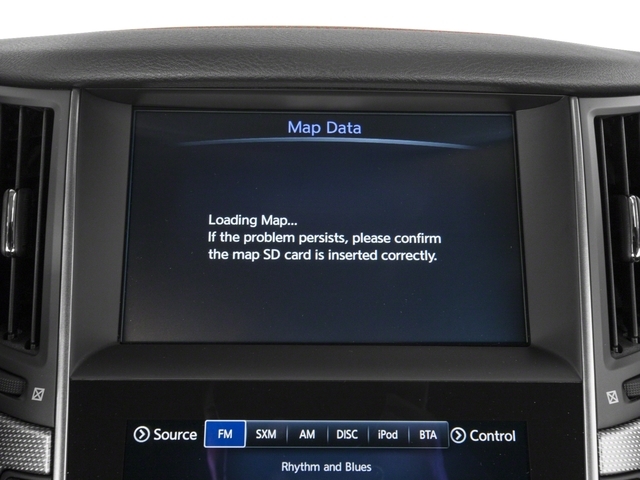
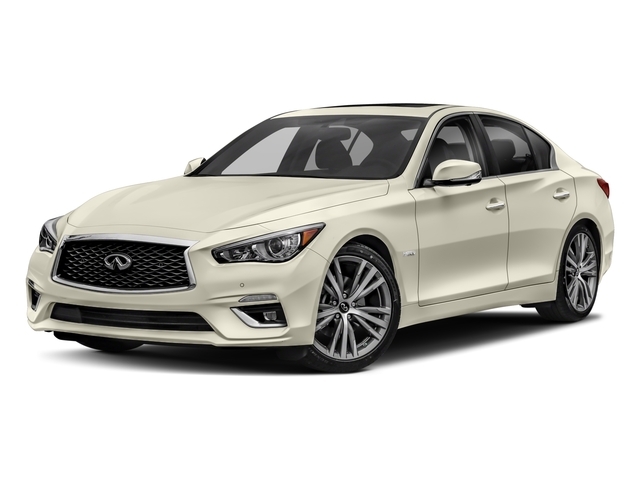
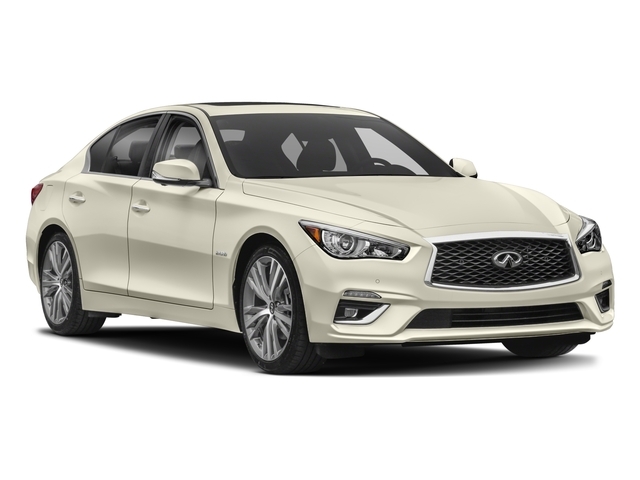

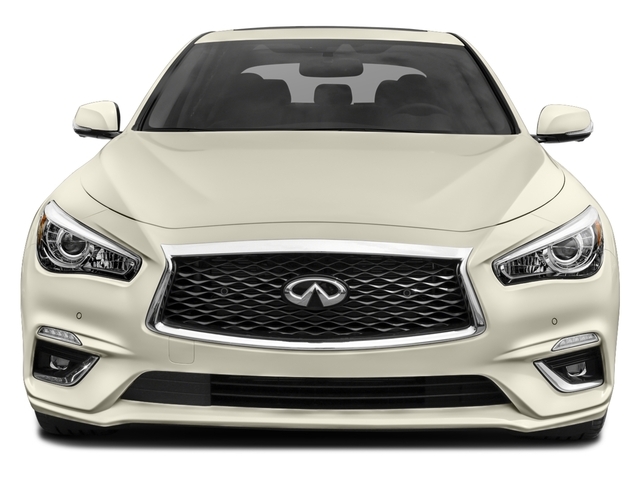
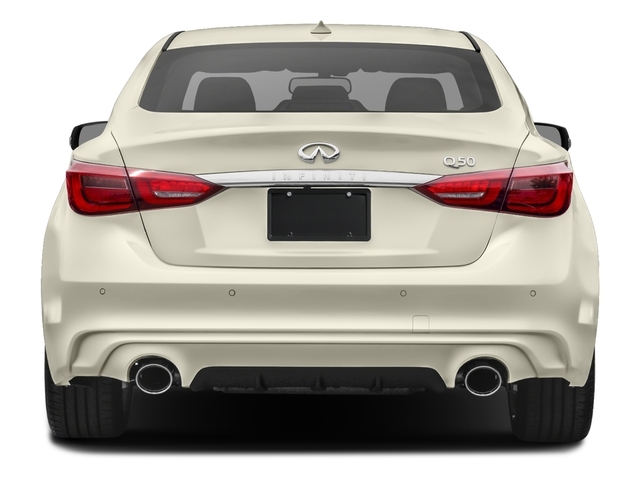
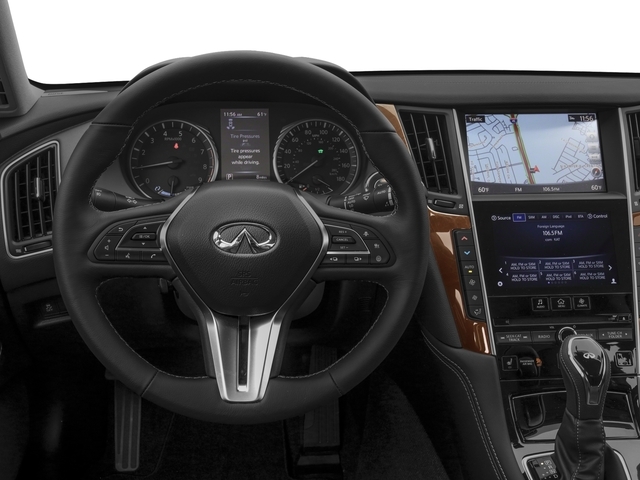
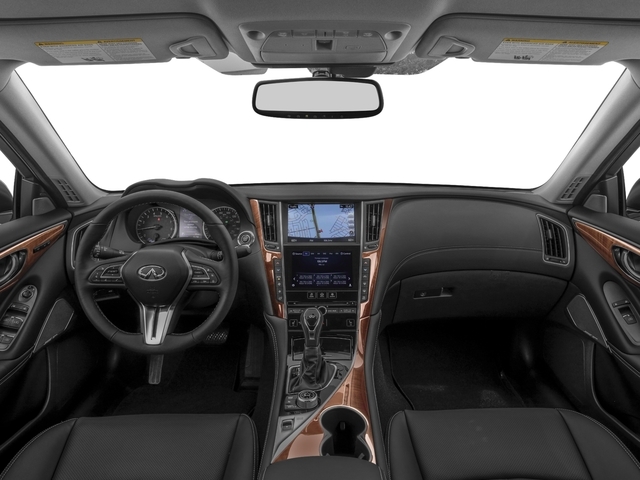
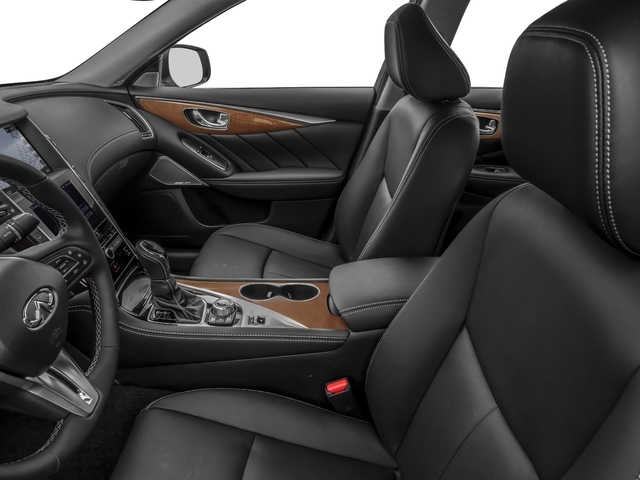
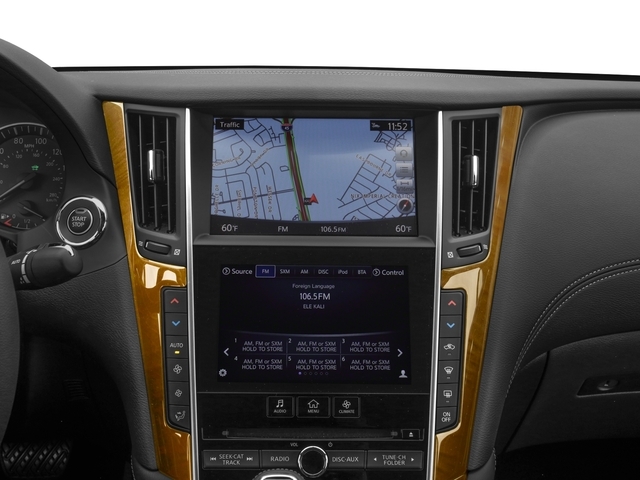
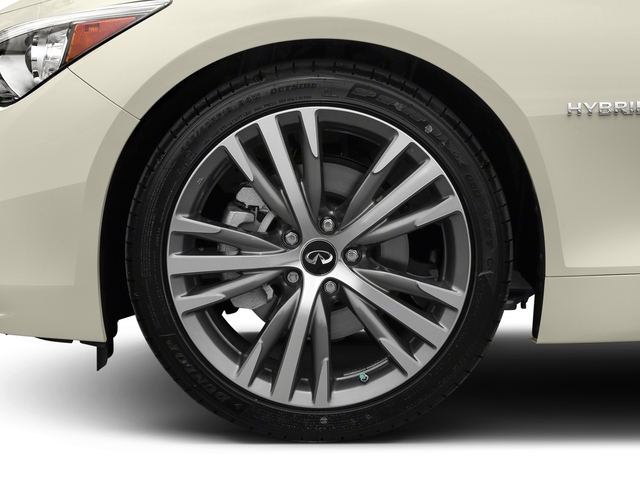
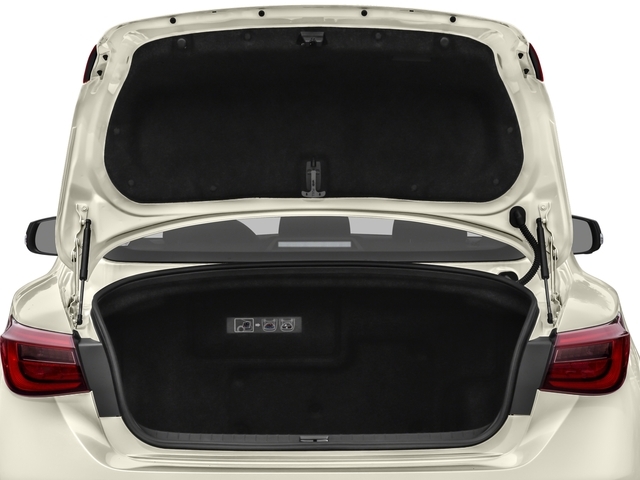
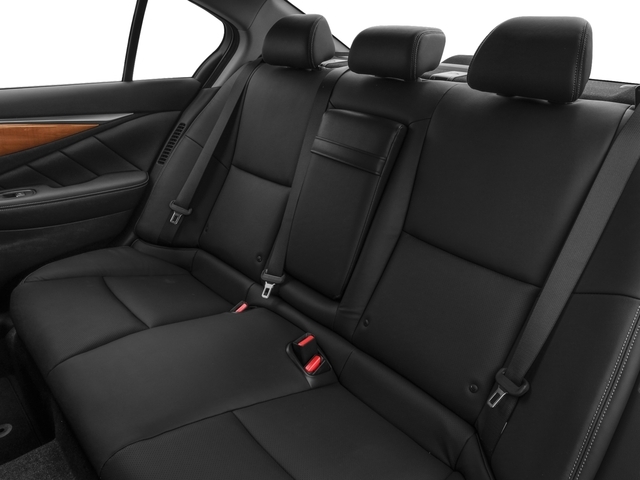
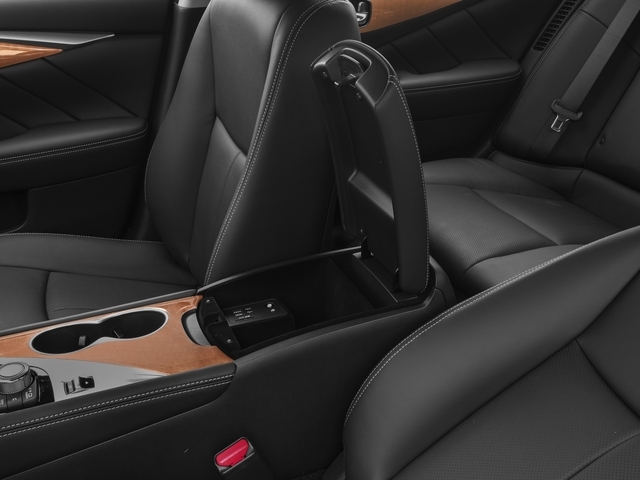
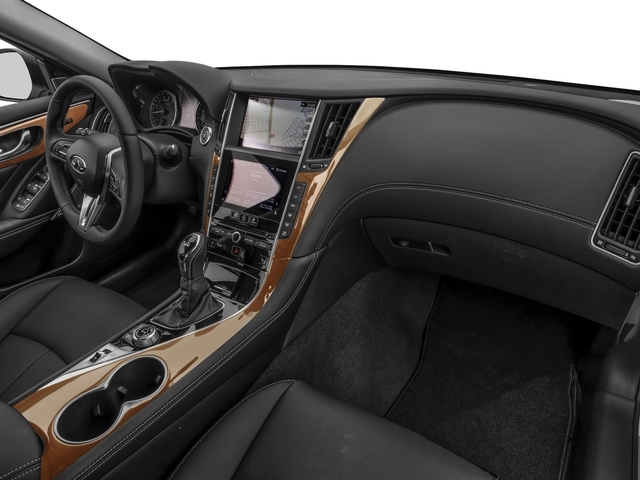
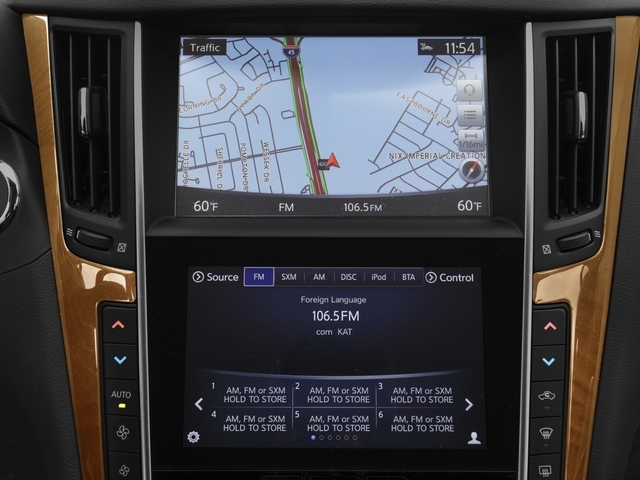


























































AutoTrader Review









